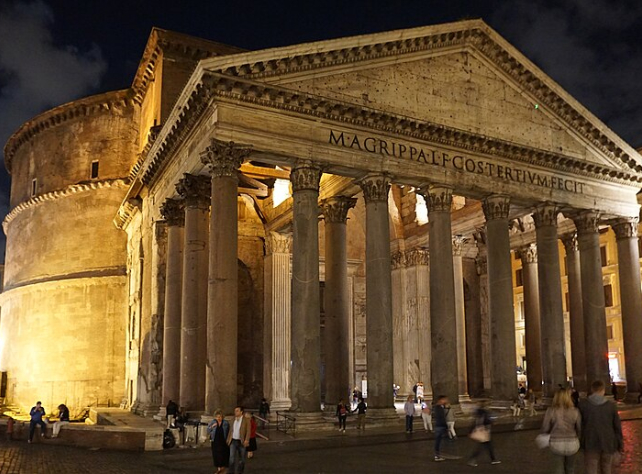
Outside of the Pantheon in Rome. (Mariordo/Wikimedia Commons/CC-SA-4.0)
The ancient Romans were masters of building and engineering, perhaps most famously represented by the aqueducts. And those still functional marvels rely on a unique construction material: pozzolanic concrete, a spectacularly durable concrete that gave Roman structures their incredible strength.
Even today, one of their structures – the Pantheon, still intact and nearly 2,000 years old – holds the record for the world's largest dome of unreinforced concrete.
The properties of this concrete have generally been attributed to its ingredients: pozzolana, a mix of volcanic ash – named after the Italian city of Pozzuoli, where a significant deposit of it can be found – and lime. When mixed with water, the two materials can react to produce strong concrete. READ MORE...
The ancient Romans were masters of building and engineering, perhaps most famously represented by the aqueducts. And those still functional marvels rely on a unique construction material: pozzolanic concrete, a spectacularly durable concrete that gave Roman structures their incredible strength.
Even today, one of their structures – the Pantheon, still intact and nearly 2,000 years old – holds the record for the world's largest dome of unreinforced concrete.
The properties of this concrete have generally been attributed to its ingredients: pozzolana, a mix of volcanic ash – named after the Italian city of Pozzuoli, where a significant deposit of it can be found – and lime. When mixed with water, the two materials can react to produce strong concrete. READ MORE...
No comments:
Post a Comment